Varnishing for Oil Painters: A Simple Guide

When an oil painting is complete, varnishing is an essential next step. Varnishing not only enhances the appearance of the painting but also provides protection over time against dust, dirt and UV rays. In this guide, we’ll cover the fundamentals, exploring the purpose, various types, application, removal, and necessary tools.
Why Varnish?
Varnish serves three main functions in oil painting.
✓
Protection: Varnish forms a durable barrier that shields the painting’s surface from environmental pollutants, such as dust, smoke and moisture, minimizing the risk of discoloration and deterioration.
✓
Enhancement: By saturating colors and increasing contrast, varnish enriches the appearance of the painting, making hues more vibrant and details more pronounced. This enhancement is particularly evident in darker pigments, where varnish can restore lost luster and depth.
✓
Uniformity: Varnish provides a consistent sheen across the painting, evening out variations in texture and finish caused by differences in drying times among paint layers.
Which Varnish?
There are a variety of varnish options from which to choose. Here’s a quick look at the difference:
Traditional Varnishes: These include dammar, mastic, and copal varnishes, which are resin-based and offer a glossy finish. They’re known for their quick drying time and excellent clarity, although that clarity may yellow over time.
Modern Synthetic Varnishes: Polyurethane and acrylic varnishes are popular alternatives to traditional varnishes. They provide a clear, non-yellowing finish and offer greater flexibility in terms of sheen (matte, satin, or glossy).
Solvent-Based vs. Water-Based: Varnishes are available in both solvent-based and water-based formulations. Solvent-based varnishes, such as mineral spirits or turpentine, require adequate ventilation during application but offer superior durability. Solvent-based varnishes are best suited for oil painting. For acrylic painting, water-based varnishes are available. While more environmentally friendly, these may require additional coats for comparable protection.
When to Varnish?
Your painting must be completely dry before varnishing. For traditional varnishes, it’s recommended to allow a painting to dry for 6 months before applying the first coat. Some modern synthetic varnishes, like Gamblin’s Gamvar varnish, can be applied after only a few weeks, depending on the thickness of the paint. Applying varnish to a painting that is still drying can result in cracking or discoloration as the underlying layers continue to settle.
Before applying the first coat, ensure that. your painting’s surface is clean and free of dust, dirt, and any residual oil or solvent.
Can Varnish Be Removed?
Varnish can be removed, if necessary, either to repair damage or to reapply a fresh coat. Use solvents, such as mineral spirits or turpentine, to dissolve the existing varnish layer without damaging the underlying paint layers. However, varnish removal should be approached with caution, as improper techniques can result in harm to the painting.
Additional Tools for Varnishing
Once you’ve selected the right varnish for your painting, you’ll need just a few tools for the job:
✓
Varnish Brush: Choose a high-quality, soft-bristled brush specifically designed for varnishing. Avoid using brushes that shed bristles or leave streaks, as these can make the process more difficult and affect the results.
✓
Mixing Dish: Pour a small amount of varnish onto a palette or mixing dish to facilitate easy access and application.
This is what you need to varnish your work. What other questions do you have about varnishing? Share them in the comments below.

Meet the Artist
Scott Maier is an artist and a content contributor to artistsnetwork.com. He’s also the author of the instructional art book See, Think, Draw: An Easy Guide for Realistic Drawing and Beyond.
From Our Shop
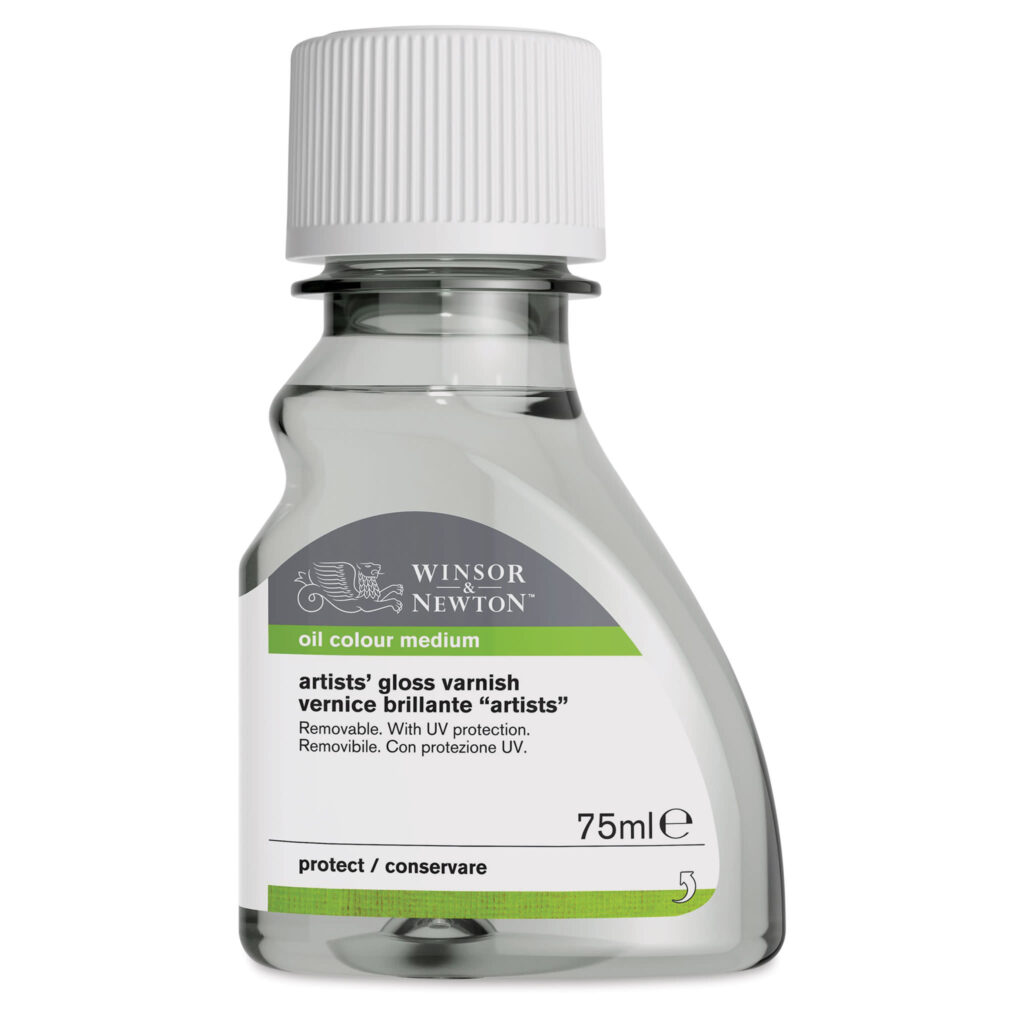
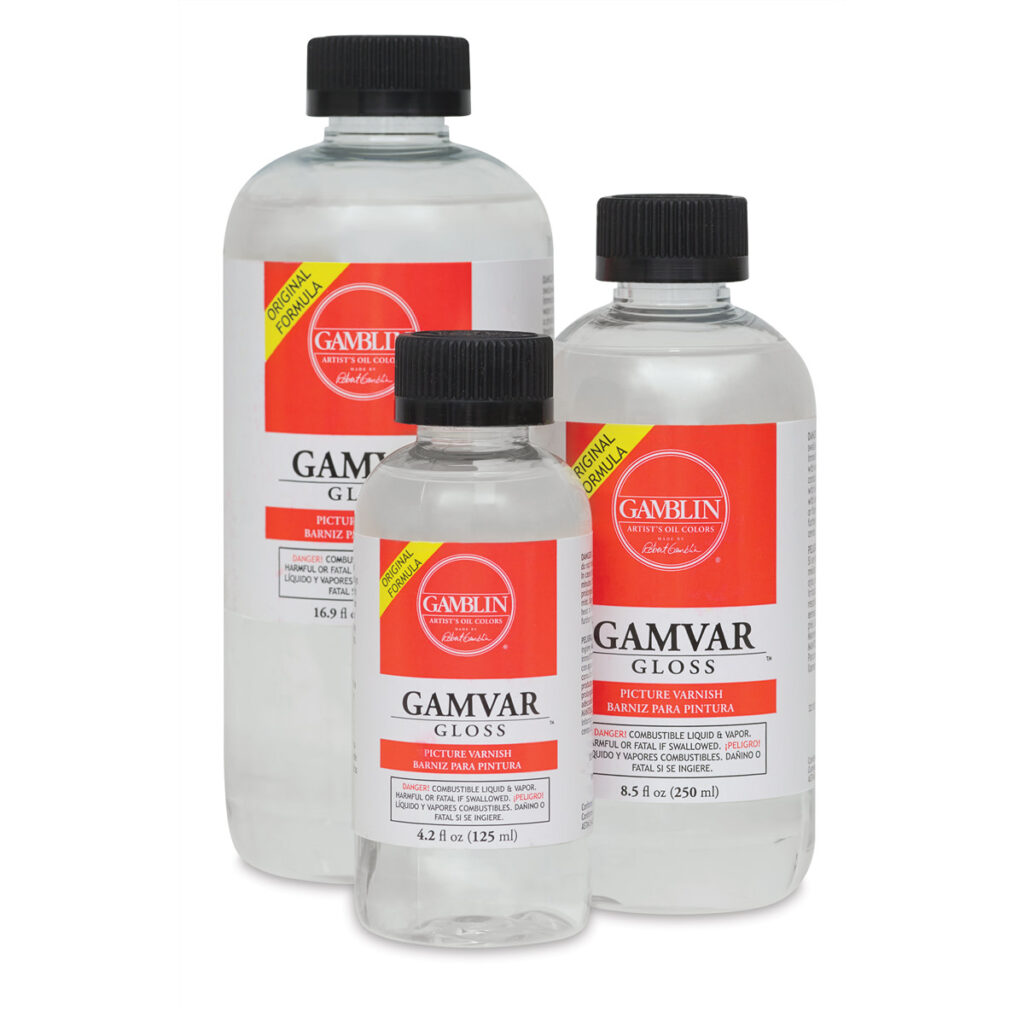



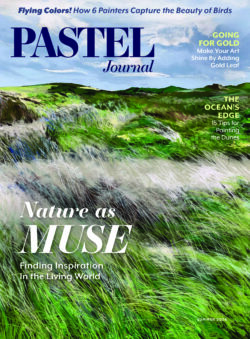




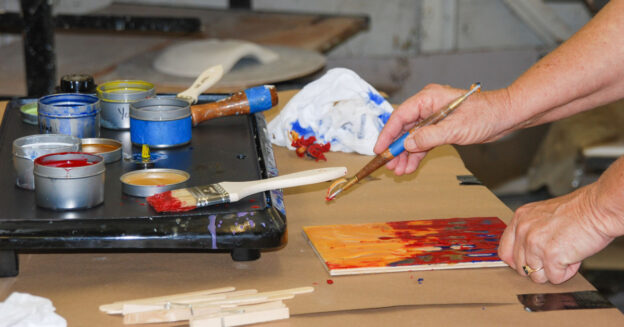








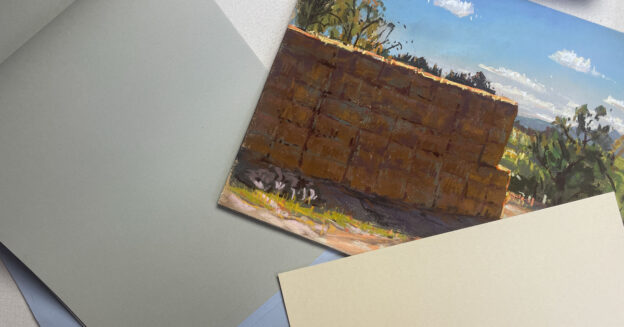
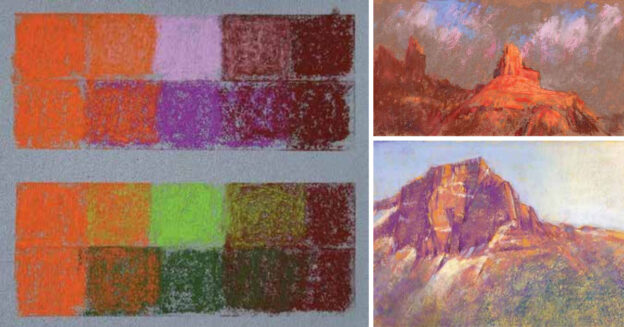

Join the Conversation!